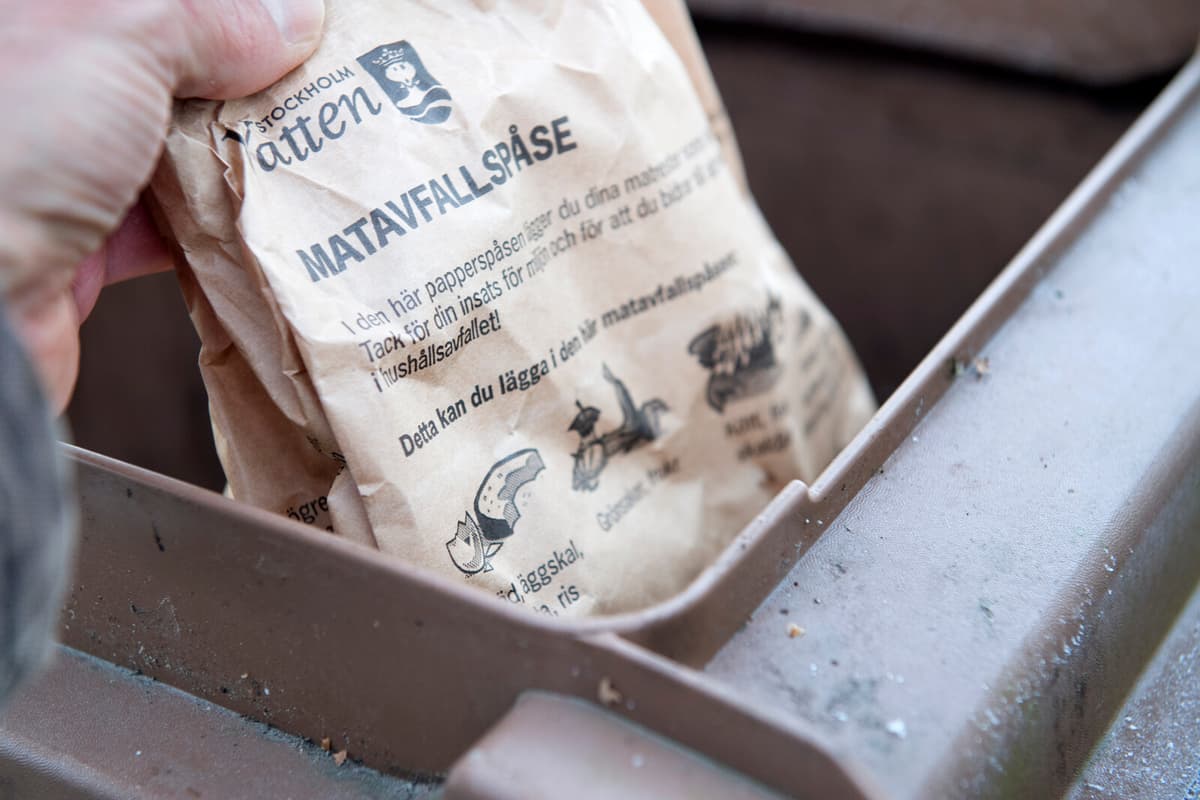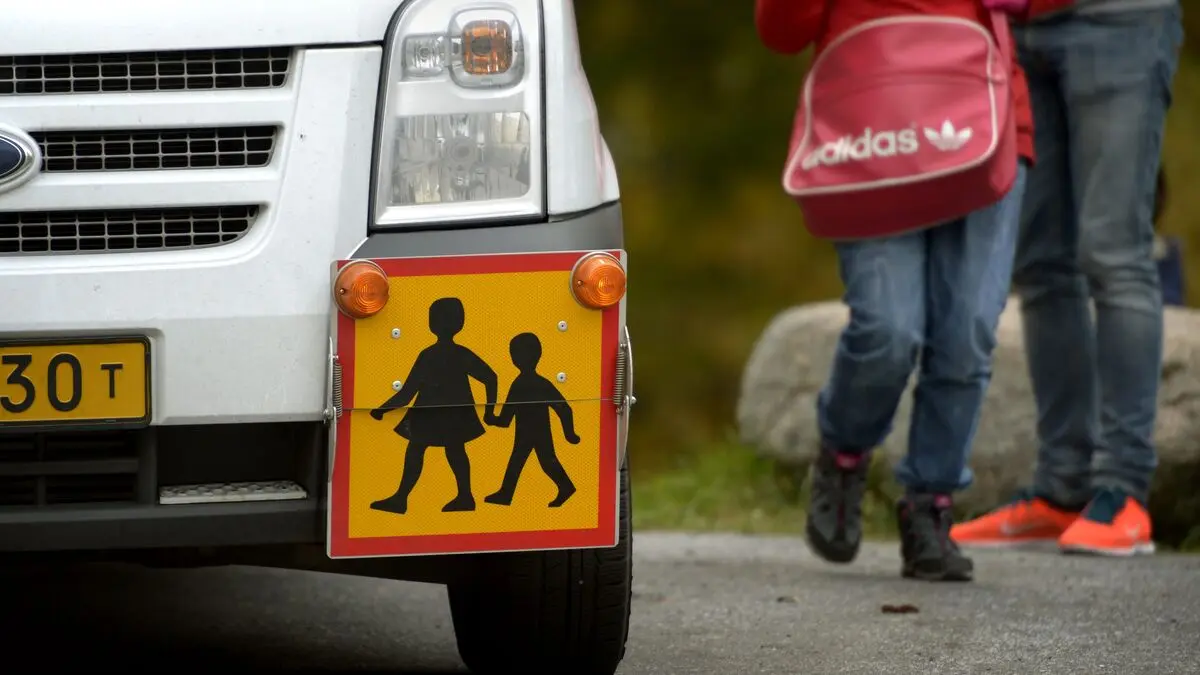The amount of household waste increased earlier, year by year, but 2022 something happened. The amount decreased and that trend has held.
In 2024, the amount of collected household waste amounted to over 4.5 million tons, a decrease of 1 percent compared to the previous year. Per person, it means a decrease of five kilos.
The decrease is most noticeable in how much is burned through energy recycling – a total of 74,000 tons less than in 2023.
Today, 284 of Sweden's 290 municipalities have separate collection of food waste, and many are investing in separate collection of bulky plastic as well, which is reflected in the statistics.
The amount of collected food waste increased by 8 percent to 44 kilos per person. It is then turned into biogas and biofertilizer.
The fact that food waste has increased is positive in the sense that people do not throw away food waste that arises in the trash can but sort it out, says Jenny Westin, statistics officer at Avfall Sverige.
It is not positive that there is food waste. But when it still arises, and some of it is unavoidable, such as peels and bones, then it is positive that it is collected and utilized.
Although much is going in the right direction, Jenny Westin sees areas where there is room for improvement.
I think that material recycling is going a bit too slowly. We have a goal, which is also an EU goal, that 55 percent of municipal waste should be material recycled. We are only at around 40 percent.
By household waste is meant the waste that arises and is included in the municipal waste responsibility according to the Environmental Code 15 chap. 20 §.
Compared to the concept of municipal waste, construction and demolition waste from households is included, while waste from park maintenance and street cleaning is not included.
Food waste includes home composting and ground food waste to sewage.
Source: Avfall Sverige





